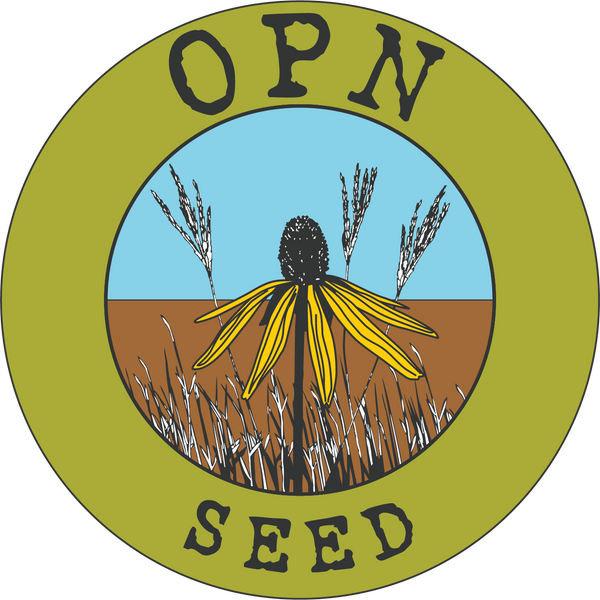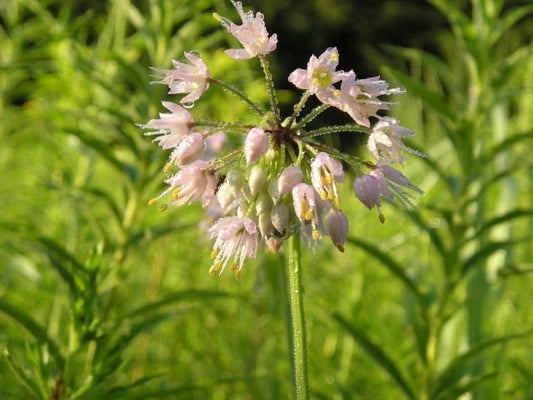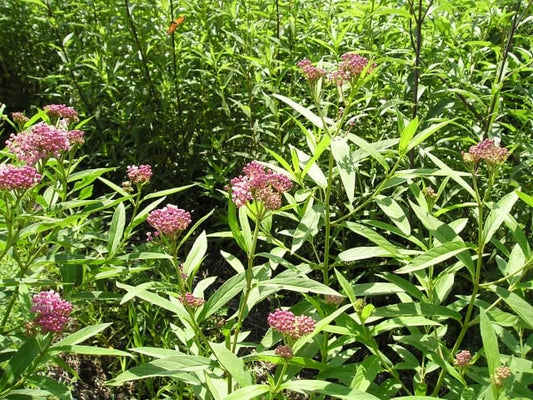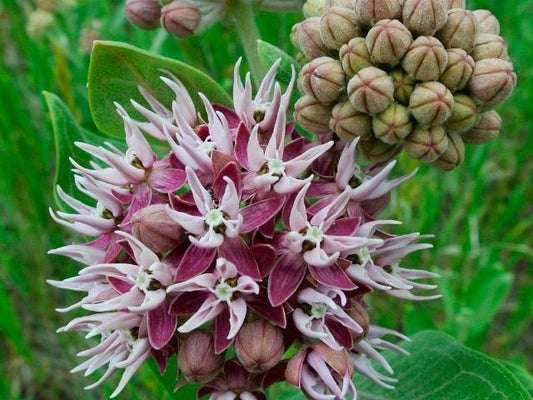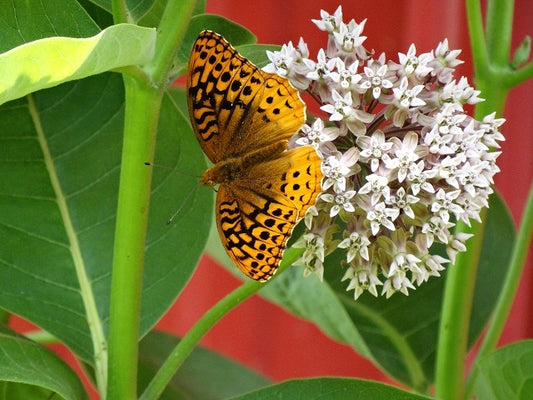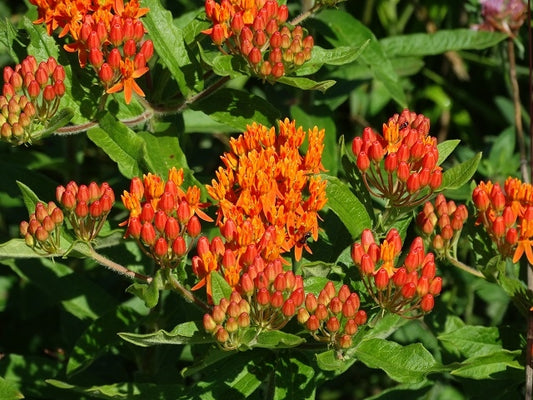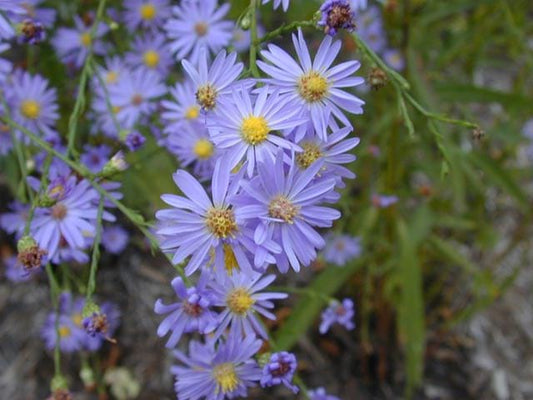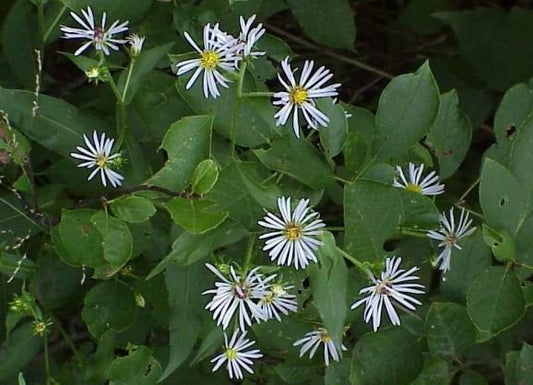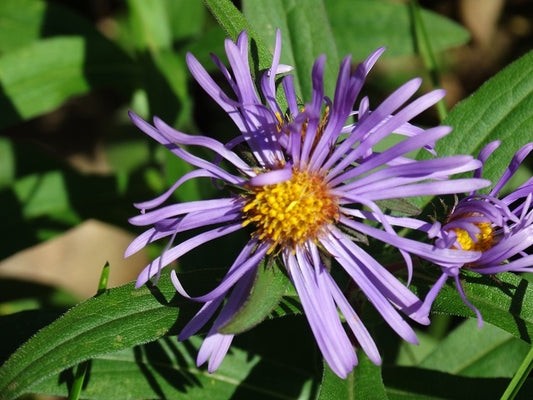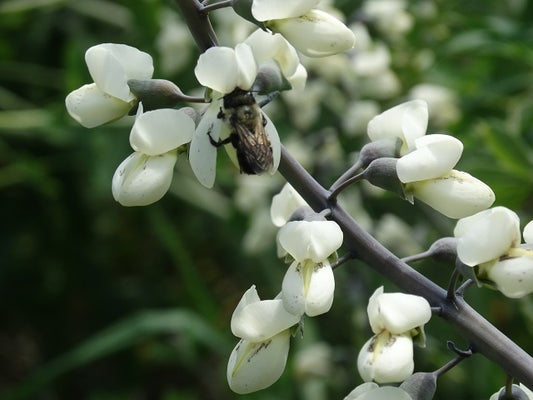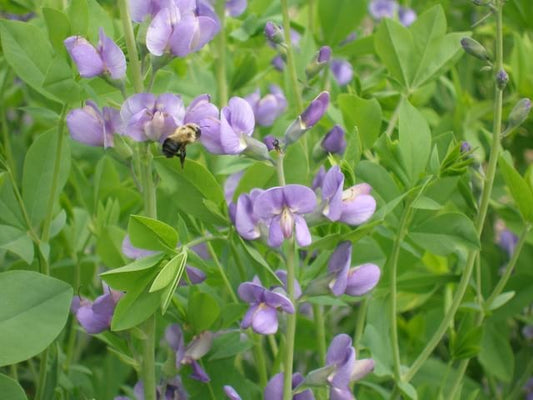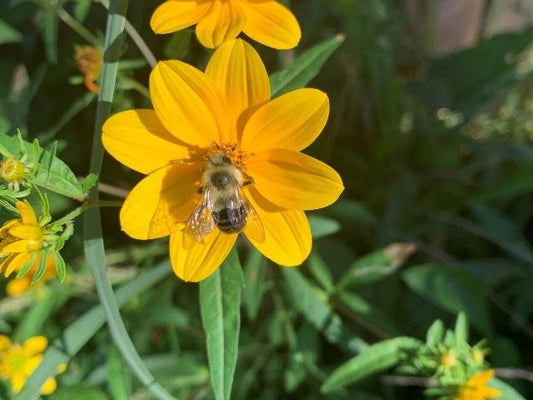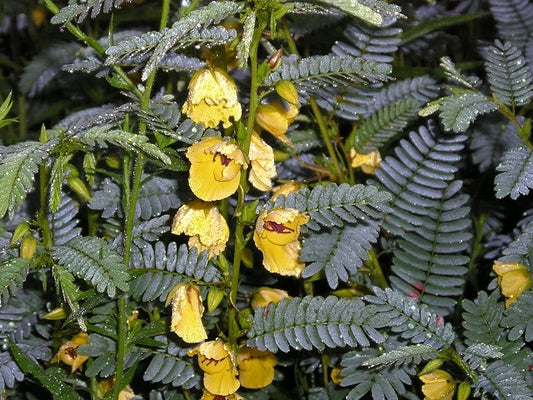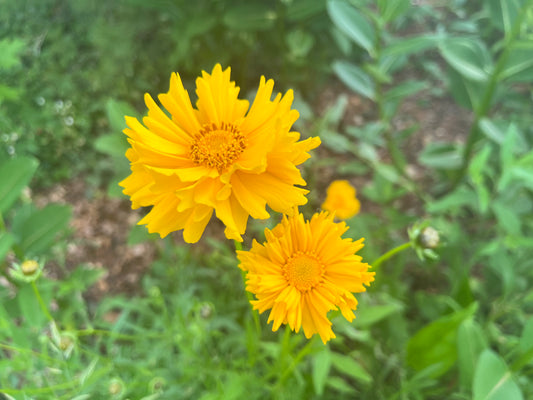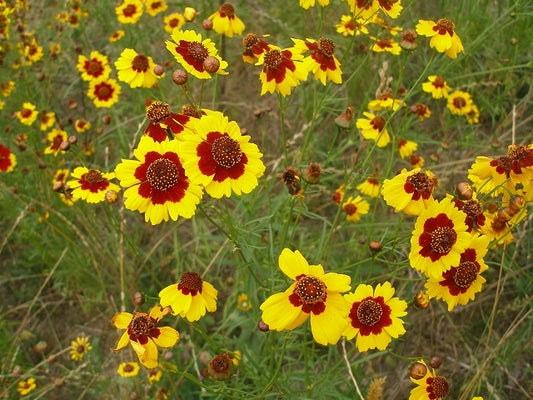Collection: Native Wildflower Seeds
At OPN Seed (Ohio Prairie Nursery), we're proud to offer several varieties of native wildflowers. Choose from both annual and perennial species to create your own unique landscape or choose one of our Native Seed Mixes to cultivate blooms all season long.
All of our seed is stored in a temperature controlled environment and is tested for germination, purity, inert matter, other seed content and noxious weed content and labeled in compliance with the seed laws of the State of Ohio .
From Asters to Zizia, our selection of native wildflower seeds is sure to have something for your landscape.
-
Allium cernuum - Nodding Wild Onion
Regular price From $4.00 USDRegular price -
Aquilegia canadensis - Wild Red Columbine
Regular price $4.50 USDRegular price -
Asclepias incarnata - Swamp Milkweed
Regular price From $4.00 USDRegular price -
Asclepias speciosa - Showy Milkweed
Regular price $4.00 USDRegular price -
Asclepias syriaca - Common Milkweed
Regular price From $4.00 USDRegular price -
Asclepias tuberosa - Butterfly Milkweed
Regular price From $4.50 USDRegular price -
Aster azureus - Sky Blue Aster
Regular price From $4.00 USDRegular price -
Aster laevis - Smooth Aster
Regular price $4.00 USDRegular price -
Aster novae-angliae - New England Aster
Regular price $4.00 USDRegular price -
Baptisia alba - White Wild Indigo
Regular price $4.00 USDRegular price -
Baptisia australis - Blue False Indigo
Regular price $4.00 USDRegular price -
Bidens aristosa - Tickseed Sunflower
Regular price From $4.00 USDRegular price -
Chamaecrista fasciculata - Partridge Pea
Regular price From $4.00 USDRegular price -
Coreopsis lanceolata - Lanceleaf Coreopsis
Regular price From $4.00 USDRegular price -
Coreopsis tinctoria - Plains Coreopsis
Regular price From $4.00 USDRegular price -
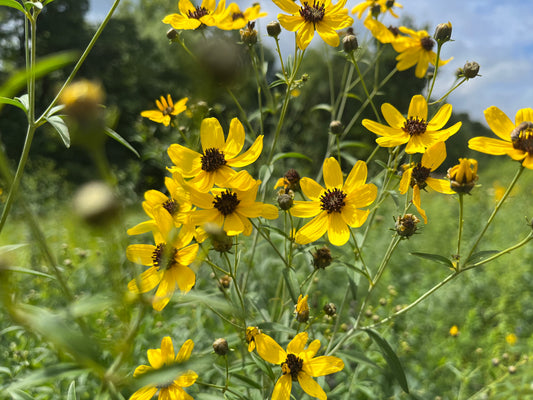 Sold out
Sold outCoreopsis tripteris - Tall Coreopsis
Regular price $4.50 USDRegular price
